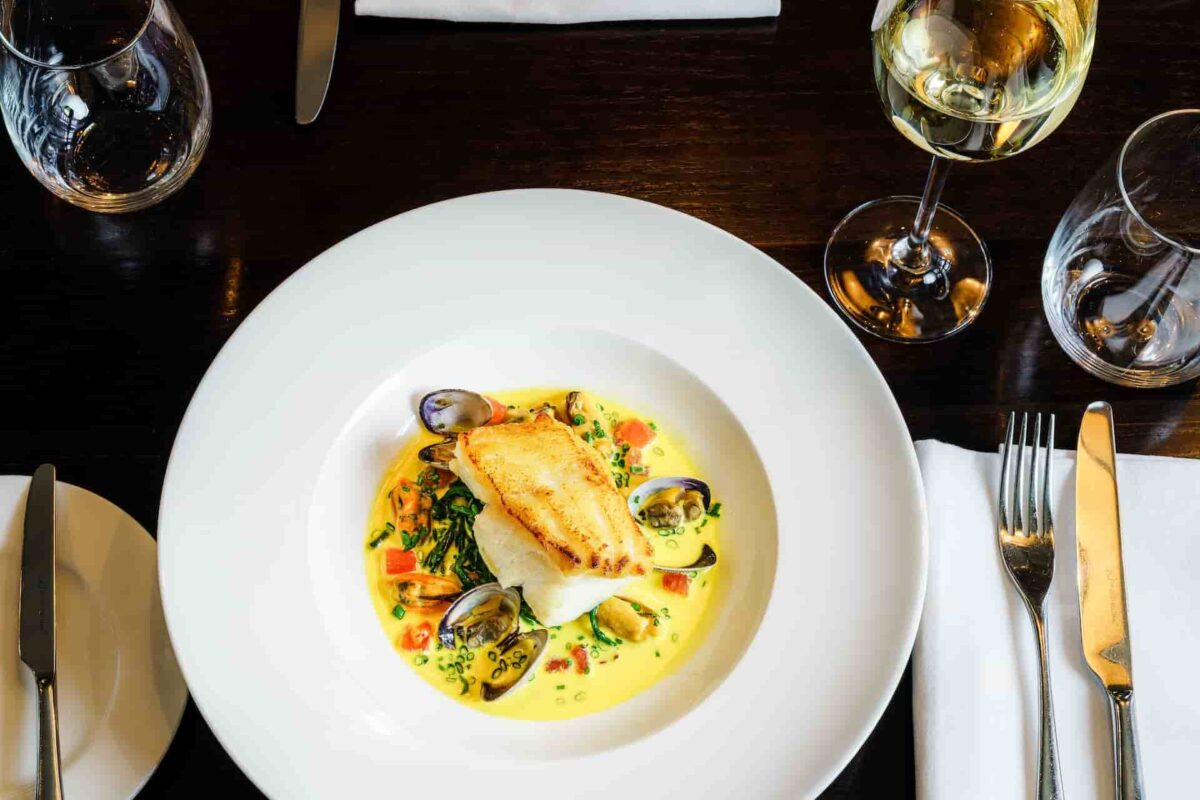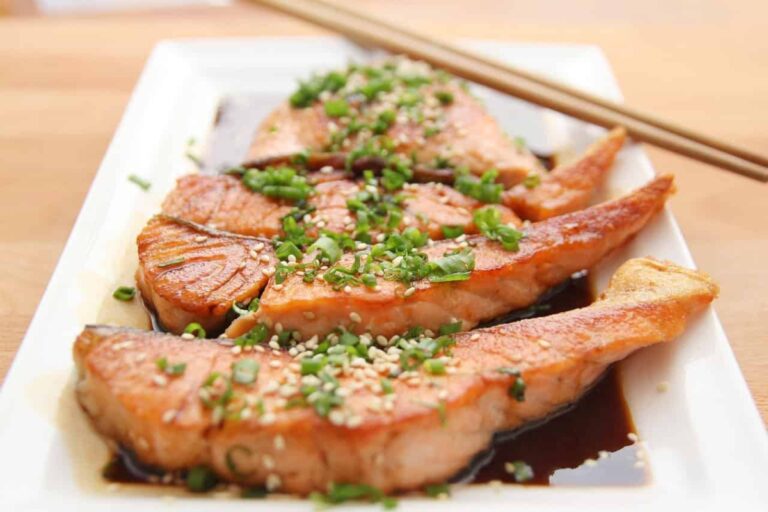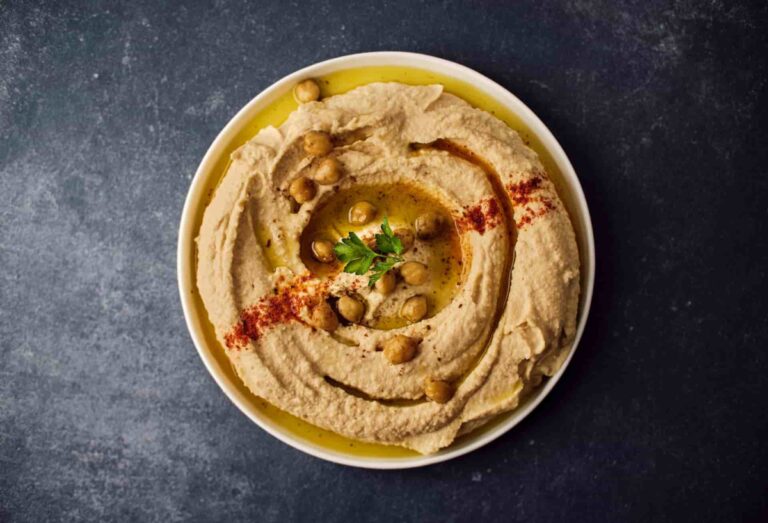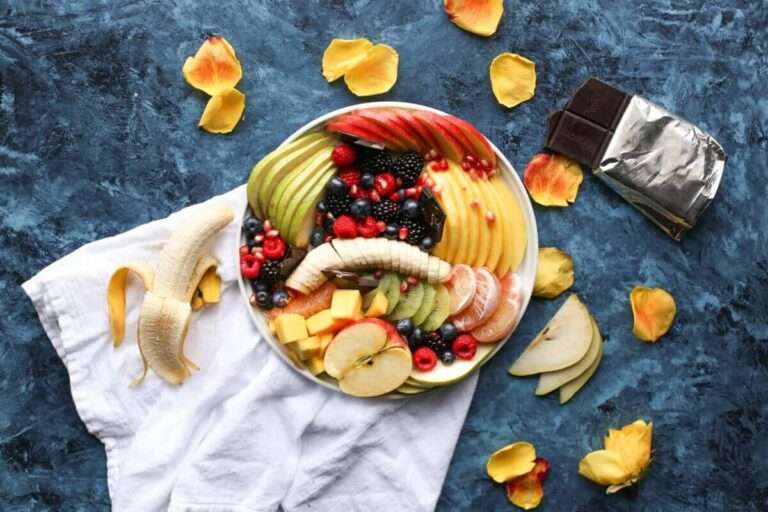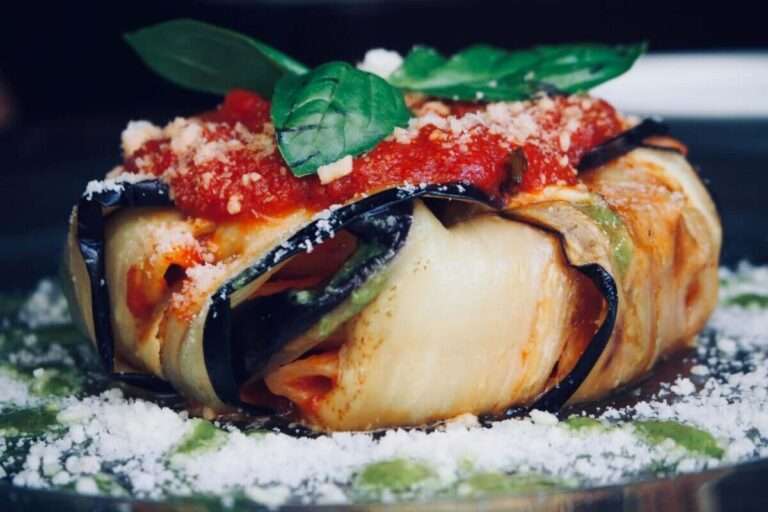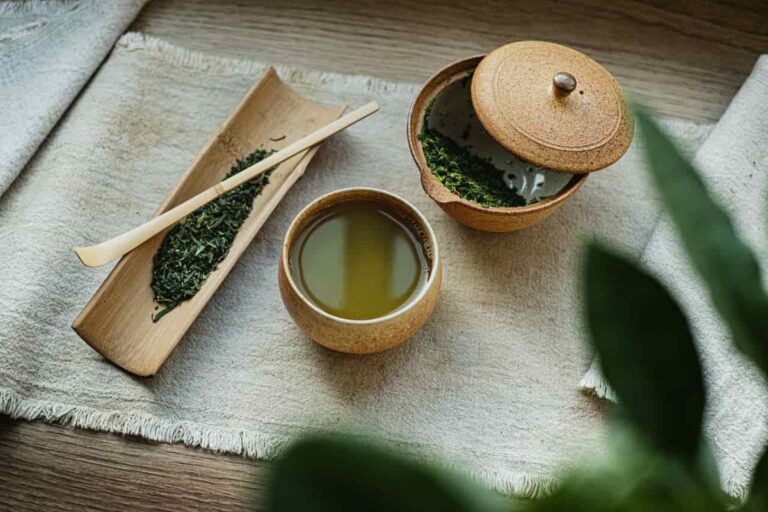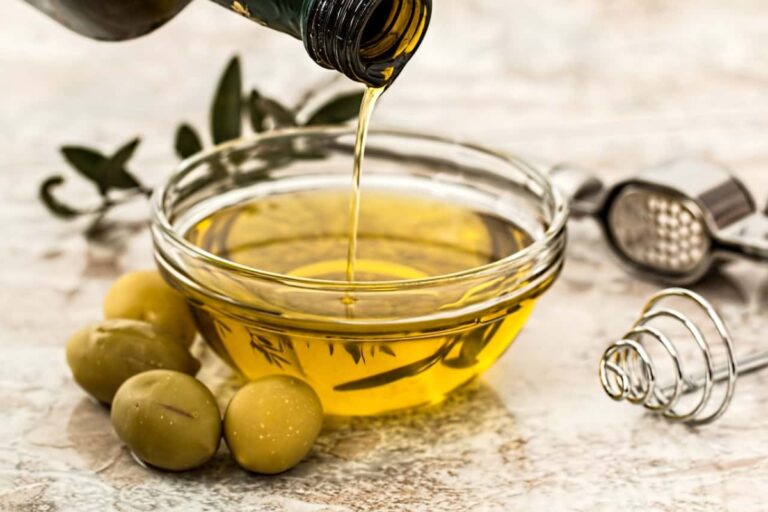35 top clams benefits, nutrition and tips
Did you know that you can eat clams fresh, steam them, boil them, bake them, or even fry them?
- The process of preparation differs somewhat according to the size and species of the ingredient. They may also be prepared in the form of clam chowder, which is a well-liked soup in both the United States and Canada, or they can be baked in the style of a New England clam bake using hot rocks and seaweed.
- In terms of seafood, Italy’s staple dish is clams. Just think of spaghetti with clams (which may alternatively be written as “linguine” or “vermicelli”), which can be white or red (with or without tomatoes), and always includes garlic, extra-virgin olive oil, red pepper, and clams.
- The Pacific region, and the Philippines in particular, is responsible for the vast majority of the world’s clam output (now also farmed in the Adriatic).
- When you purchase fresh clams, you want to be sure that they are still alive and that their shells are closed tightly (or close when you touch the shell). They should have a scent reminiscent of the ocean. If a clam does not open while it is being cooked, it is best to discard it since this indicates that it has already died and it is not a good idea to consume it.
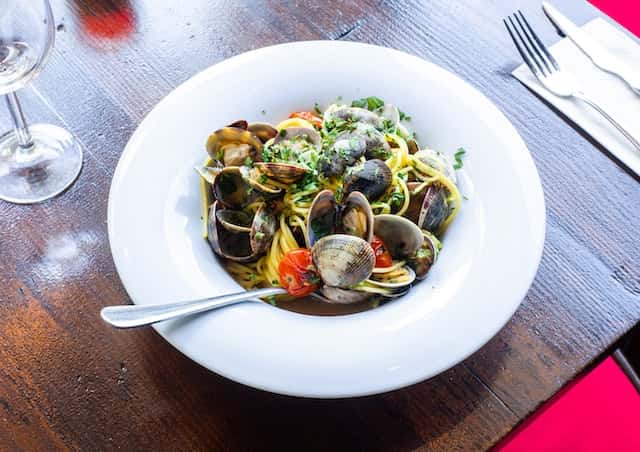
Clams nutrition values and health benefits
- In a context where the majority of people consider beef to be a good source of the vitamin, clams have one of the highest concentrations of vitamin B12 that can be found in any food. In fact, just 100 grams of clams contains an astounding 824 percent of the daily vitamin B12 intake that is recommended for an adult.
- Vitamin B12 is necessary for human health and plays an important role in a wide variety of biological processes, including the development and upkeep of DNA, the generation of red blood cells, and the synthesis of amino acids, to name just a few of these processes.
- The best dietary sources of omega-3 fatty acids include oily fish such as mackerel, salmon, and sardines. Other sources include walnuts and flaxseed. Shellfish, on the other hand, have an abundant supply of this essential fatty acid inside their cellular structure. Each serving of clams, which is equal to 6 ounces (or 170 grams), contains 337 milligrams of omega-3 fatty acids, almost two-thirds of which come from DHA and EPA.
- The omega-3 fatty acids, DHA and EPA, are the ones that are easiest to get your hands on. The omega-3 fatty acids that are present in nuts and seeds are more difficult for our systems to absorb than these fatty acids. It is essential to have sufficient amounts of omega-3 fatty acids present in our tissues in order to preserve our general health, and there is some evidence to suggest that increasing the amount we consume may help to decrease inflammation.
- In terms of concentration, iron is the second most concentrated micronutrient that can be found in clams. Each serving of clams, which is equivalent to 6 ounces, contains 23.8 milligrams of iron, which is equal to 132% of the daily iron recommendation. Iron is necessary for a wide range of metabolic activities, and it is also an essential component in the transport of oxygen throughout the body. It is vital for the prevention of anaemia, in addition to providing an adequate intake of iron.
- Due to the small amount of fat that they contain, clams provide an excellent source of protein. Although the total amount of protein found in clams is somewhat lower than that found in beef, the amount of protein found in clams per calorie is much higher than that found in beef. Clams have an outstanding amount of protein, making them a great option for anyone who is trying to cut back on their calorie intake or increase the number of items in their diet that are high in protein content.
- Because they are rich in iodine and selenium, in addition to choline, which is an essential nutrient for vegetarians, clams are a fantastic food option for those who follow a vegetarian diet.
- Clams are the fourth most frequent cause of reactions among shellfish, and they are also a possible source of food illness, especially if they are taken raw or undercooked. Shellfish allergies may be fatal, and clams are the fourth most common cause of shellfish reactions.
- Clams are among the most nutritious seafood options in terms of the number of nutrients they contain. This nutrient-dense mollusc has a very high protein content, and it is the most important dietary source of vitamin B12, coming in second only to vitamin A in terms of its significance. Clams are an excellent source of several essential minerals, including iron and selenium, which are both beneficial to one’s health.
20 small size steam clams has 281 calories(1175kj), 48g protein, 3.7g fat, and 9.7g carbs including 0g fibre.
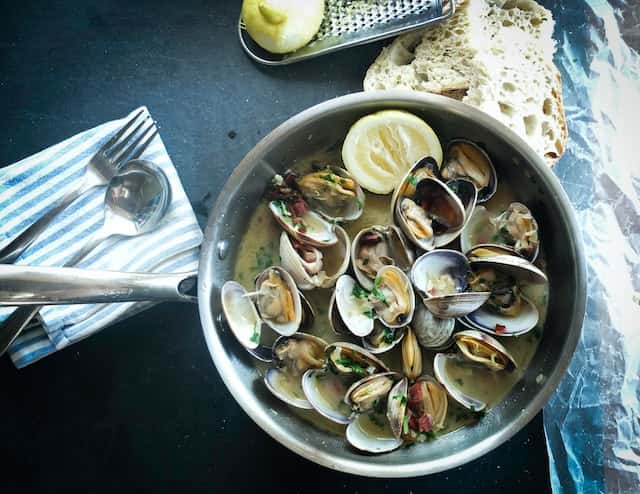
How to store clams and how to buy them
- You can get fresh clams on ice in the seafood case, either in bags that are perforated or mesh and allow air to pass through, or you may locate them loose in the shellfish department. It is common practice to put information about the location, date, and “use by” date of the harvest on a harvest tag that is affixed to the product. Alternately, you might inquire of the fishmonger whether or not the tag is attached to the fresh clams and see whether they are loose.
- When you purchase fresh clams, the clams you acquire are alive, or at the absolute least, they ought to be when you get them from the market. This is the case whenever you buy fresh clams. Depending on the source from where you obtained the clams or on whether or not you dug them yourself, it is possible that you may need to spend some time cleaning the clams.
- Clams may be difficult to handle since they are usually full of the sand that they filter for their food. This makes them abrasive creatures. After being collected, the vast majority of clams used in commercial production are kept in tanks, where they are allowed to “purge” themselves of any remaining sand before being sent to the marketplace. In light of the circumstances, more cleaning is not required at this time.
- If you are not intending to cook your clams right away, put them in a dish and cover it with a damp cloth before placing it in the refrigerator. It is best to prepare them as quickly as possible, even though they should be OK for up to four or five days if stored in the refrigerator.
- Clams that have been spoiled are often no longer alive. Toxins begin to form inside of deceased molluscs, such as clams, when they begin the process of decomposition. To make matters worse, those toxins may be passed on to you if you boil and consume the molluscs.
- You need to be aware of what to look for in order to prevent cooking harmful clams. The degree to which clams have opened their shells is the most important factor in determining whether or not they are of high quality. Clams should have a little opening, and if you tap on them, their shells should shut pretty rapidly.
- Clams may be found in both fresh and frozen forms. The clam is considered to be dead if its shell is already closed or if it does not shut when you touch it. When this occurs, it is time to throw them away in the garbage.
- If you want to be sure that the clams are dead, you may perform a second check by placing them in a bowl of water and seeing if they float. Clams are considered to be dead if they are floating in the water. They should be thrown away, and you should not consume them in any form.
- If you keep your fresh clams in the refrigerator, they should stay good for anywhere between seven and ten days. Both shelled clams and frozen clams have a shelf life in the refrigerator that ranges from four to five days. Clams may be stored and kept edible for anywhere between three and six months, regardless of whether they are fresh, shelled, frozen, or even cooked.
- Unfortunately, one of the methods of food preservation that we do not recommend using is freezing clams after they have been cooked.
- Since you may securely freeze them before consuming them, you are free to give it a go whenever you choose. Because the majority of the time, the texture of the clam meat is altered when it is frozen after it has been cooked, you shouldn’t bother freezing the clams after they have been cooked in order to preserve their quality.
- If the cooked meat of the clam is then frozen after it has been prepared, the texture of the meat may change and become mushy or rubbery. When it comes to clams, you don’t want to ruin the taste and texture of your catch by freezing them after they have been cooked. This is because doing so would cause the clams to become brittle.
- Your clams do not need a very lengthy period of time to thaw out. They thaw out in a relatively short amount of time. If you cleaned and debeaked your clams before freezing them, you may be able to begin preparing your dinner with them as soon as they are removed from the freezer. However, if you buy frozen clams from the supermarket, you need to let them thaw in the refrigerator for at least six hours before you use them in your recipe.
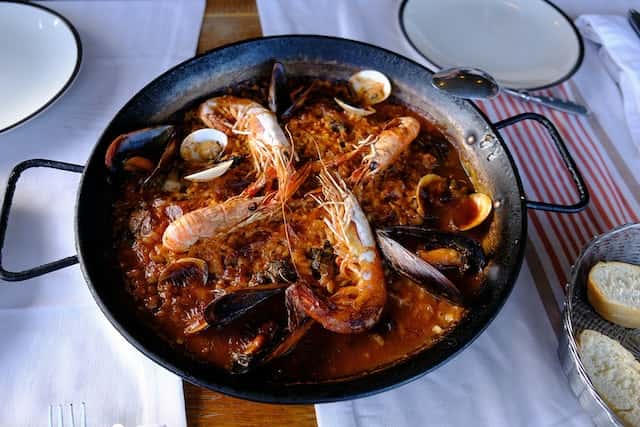
Cooking techniques, secrets, and tips from the kitchen
- After the clams have been cleaned, you have the option of eating them raw or preparing them in some other way. The raw consumption of clams is best accomplished with those that are of the lowest size possible. The larger the clams are, the more resistance there will be in the meat of the clams.
- If you want to consume raw clams that have not been cleaned or shucked, it is imperative that you serve them at a colder temperature. This will allow the shells to be more readily removed. It is possible to use the clam juice or liquor that you conserved after shucking the clams to pour on top of the open clams. This may be done in a variety of ways. In addition to salt and pepper, many individuals like to season their food with freshly squeezed lemon juice, a touch of Tabasco sauce, a splash of cocktail sauce, and horseradish.
- The preparation of clams is a laborious task, but it does not take a lot of time nor is it very difficult. When the shell of a whole clam opens after being cooked, it means the clam is done being prepared. If the clam’s shell does not open, it should not be consumed and should be thrown away. This suggests that the clam was not alive when it was collected and that it may have been infested with germs or toxins.
- It is imperative that clams not be overcooked since this will cause the meat to taste similar to shoe leather. They should be added to the pan at the very last possible moment, and then the cooking procedure should take place over a low heat. When clams are cooked at a high temperature for an extended period of time, the flesh toughens and becomes more resistant to chewing.
- For the most tender clams possible when making white clam chowder, soak the clams in milk or cream (depending on which is specified in the recipe) for a few minutes before adding them along with the cream at the very end of the cooking process. Do not bring the clams to a boil while they are being cooked; instead, cook them until they are completely done.
- In Japan, mixed seafood meals often include clams as one of the components of the dish. They may also be used in the preparation of foods such as hot pot, miso soup, and tsukudani, amongst others.
- Clams are a common component of meals in Italy that include a variety of seafood, and they are also often eaten with various types of pasta. The Vongola, the Cozza, and the Tellina are the three varieties of clams that are used in Italian cooking the most often.
- They may be made into clam chowder, clams casino, clam cakes, or stuffies, or they may be cooked with hot stones and seaweed, depending on the region of the United States in which they are cultivated.
- Your steamed clams are lonely and yearning for some company on the plate you’ve prepared for them. Mix them up with the kind of spaghetti you like eating the most. Try a plain spaghetti noodle, linguini, mostaccioli, or penne for a fast and easy supper. As they are heated, the liquids that are produced change into a flavourful sauce. For a mouth-watering seafood meal, serve this dish with some buttered toasted garlic bread, or you may try including some chorizo, smoked bacon, salami, or sausage.
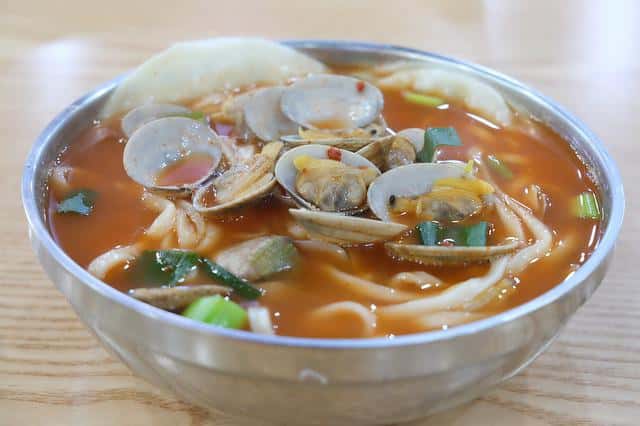
History of clams from the beginning until today
- Researchers investigating a cave in South Africa have found evidence that people living 164,000 years ago liked feasts consisting of a variety of shellfish. Researchers in the field of anthropology believe that the discovery may provide light on one of the earliest instances of contemporary conduct.
- Over the course of the last 10,000 years, people have been harvesting soft-shell clams, quahogs, mussels, and oysters. Shellfish, including clams, have historically sustained coastal communities’ lives.
- Clams, in contrast to oysters and mussels, do not attach to a substrate and do not live in close proximity to the ocean floor (whereas scallops do). It is common practice to eat marine bivalves, such as clams, in dishes such as clam chowder and clam digging. In contrast to other types of edible clams, such as palourde clams, razor clams have a shell that is elongated and has parallel sides, similar to an old-fashioned straight razor.
- On the other hand, there are thriving populations of Ruditapes decussatus throughout the Atlantic beaches of the Iberian Peninsula, particularly in the regions of Algarve and Galicia in Spain, as well as throughout the Mediterranean basin and Ireland.
- Clams may be consumed raw, steamed, boiled, roasted, or fried, among other preparation methods. In addition, they may be processed into clam soup, clam casino, clam cakes, or stuffed, or they can be baked in a New England clam bake, utilising hot rocks and seaweed as the primary cooking ingredients. They are used as a component in the preparation of cioppino and regional variations of ceviche on the West Coast.
- Clams are a delectable kind of shellfish, but preparing them at home for the first time might be a little bit nerve-wracking at first. You will want to learn how to properly prepare fresh clams, find out the tricks to shucking them, and how to properly cook these molluscs so that they do not wind up tasting like shoe leather.
